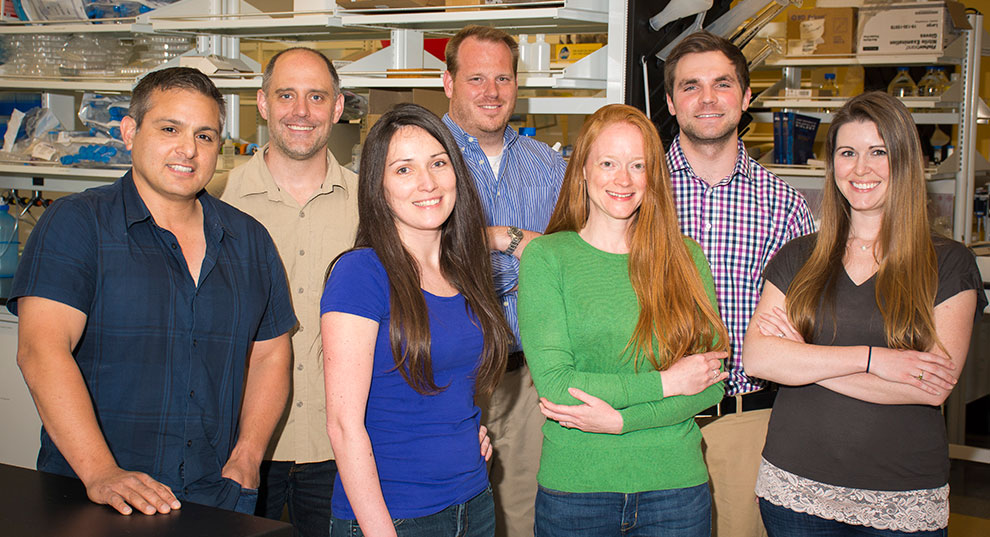Sleep and Performance Research Center
Sleep, Plasticity, and Development
Marcos G. Frank, Ph.D.
AREAS OF INTEREST
The regulation and function of sleep in developing and adult animals; the role of experience and offline processes in brain plasticity; the role of glia in sleep regulation and function
RESEARCH SCOPE
Among the many unanswered questions in biology, one of the most persistent and perplexing is why animals sleep. Despite great progress in our understanding of the regulation and neurobiology of sleep, as well as the consequences of sleep loss on human performance, why the brain needs sleep remains a mystery.
RESEARCH FOCUS
In my laboratory, one way we investigate the mystery of sleep function is by examining the role of sleep in the development of central visual pathways. The visual system is uniquely suited for our studies because many of the basic processes of neural development were first described in this sensory system. An essential stage in visual system development occurs during narrow, ‘critical’ periods when the brain is exquisitely sensitive to changes in visual experience. The classic studies by Hubel and Wiesel showed that blocking vision in one eye during the critical period resulted in dramatic physiological and anatomical changes in visual cortex.
We have shown that this well-described form of in vivo plasticity is enhanced by sleep, and we are currently investigating the underlying mechanisms responsible for this effect. We now know that critical cellular steps in this process include a sleep-dependent activation of several kinases and protein synthesis.
We are also interested in determining the cellular basis for sleep homeostasis and, more specifically, the interactions between sleep regulation and sleep function. To this end we are investigating the role of astrocytes in the accumulation and discharge of sleep pressure and synaptic plasticity in vivo. We have shown, for example, that astrocytes are key players in controlling sleepiness in mammals through the release of gliotransmitters. Because astrocytes also influence synaptic plasticity, these cells are uniquely positioned to connect the regulation of sleep with one of its hypothesized functions.
STAFF AND TRAINEES
- Ashley Ingiosi, Ph.D. (Post-Doctoral Fellow)
- Christine Muheim, Ph.D. (Post-Doctoral Fellow)
- Christopher Hayworth, Ph.D. (Research Assistant Professor)
- Kristan Singletary, Ph.D. (Lab Manager/Senior Research Specialist)
APPROACHES USED
- Sleep neurophysiology
- Single-neuron recording
- Brain imaging in vivo (intrinsic signal, calcium)
- Western blot
- Immunohistochemistry
- Gene expression analysis (qPCR, microarray, RNAseq)
GRANT SUPPORT
- NATIONAL INSTITUTES OF HEALTH:
- NIMH
- NEI
- NHLBI
